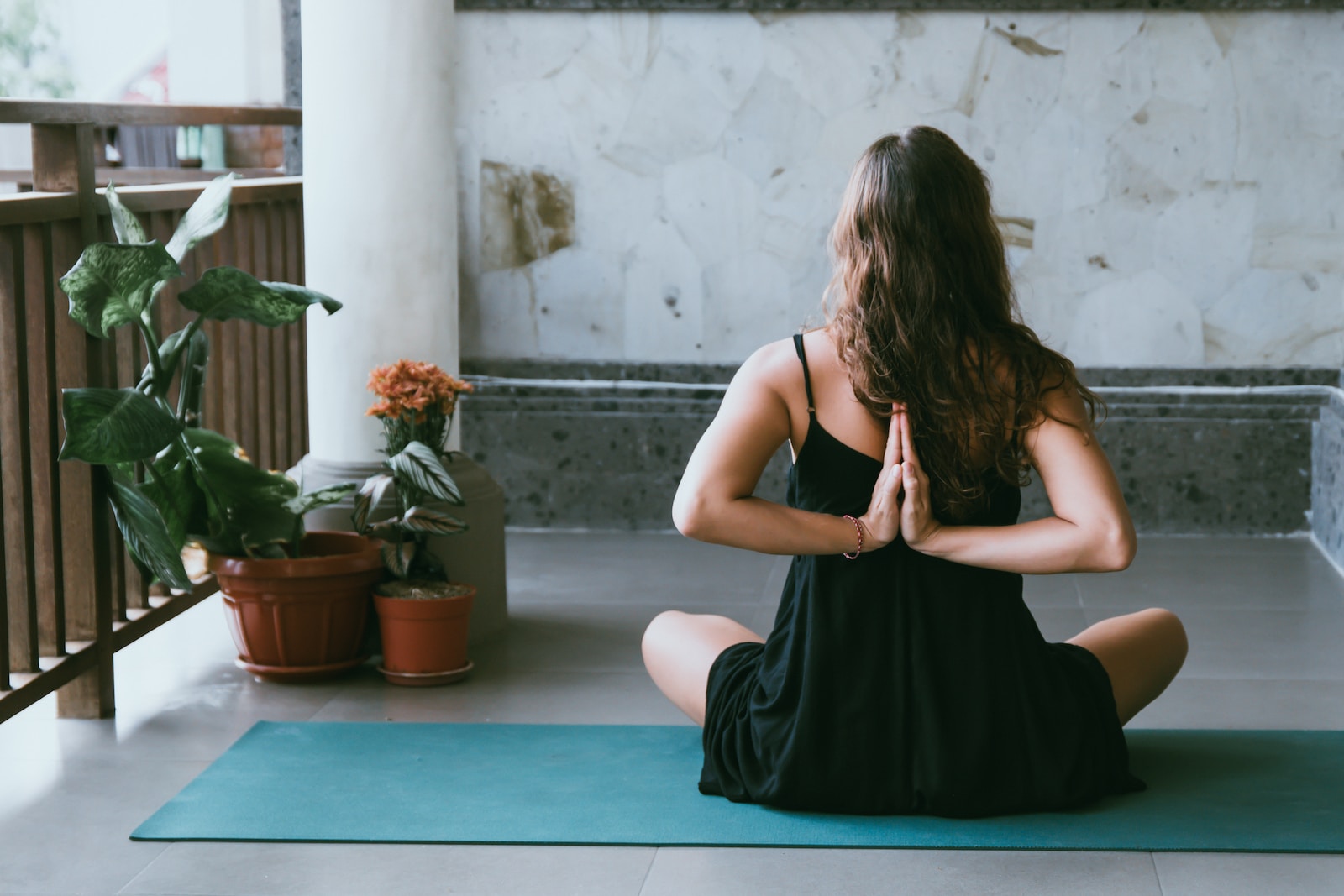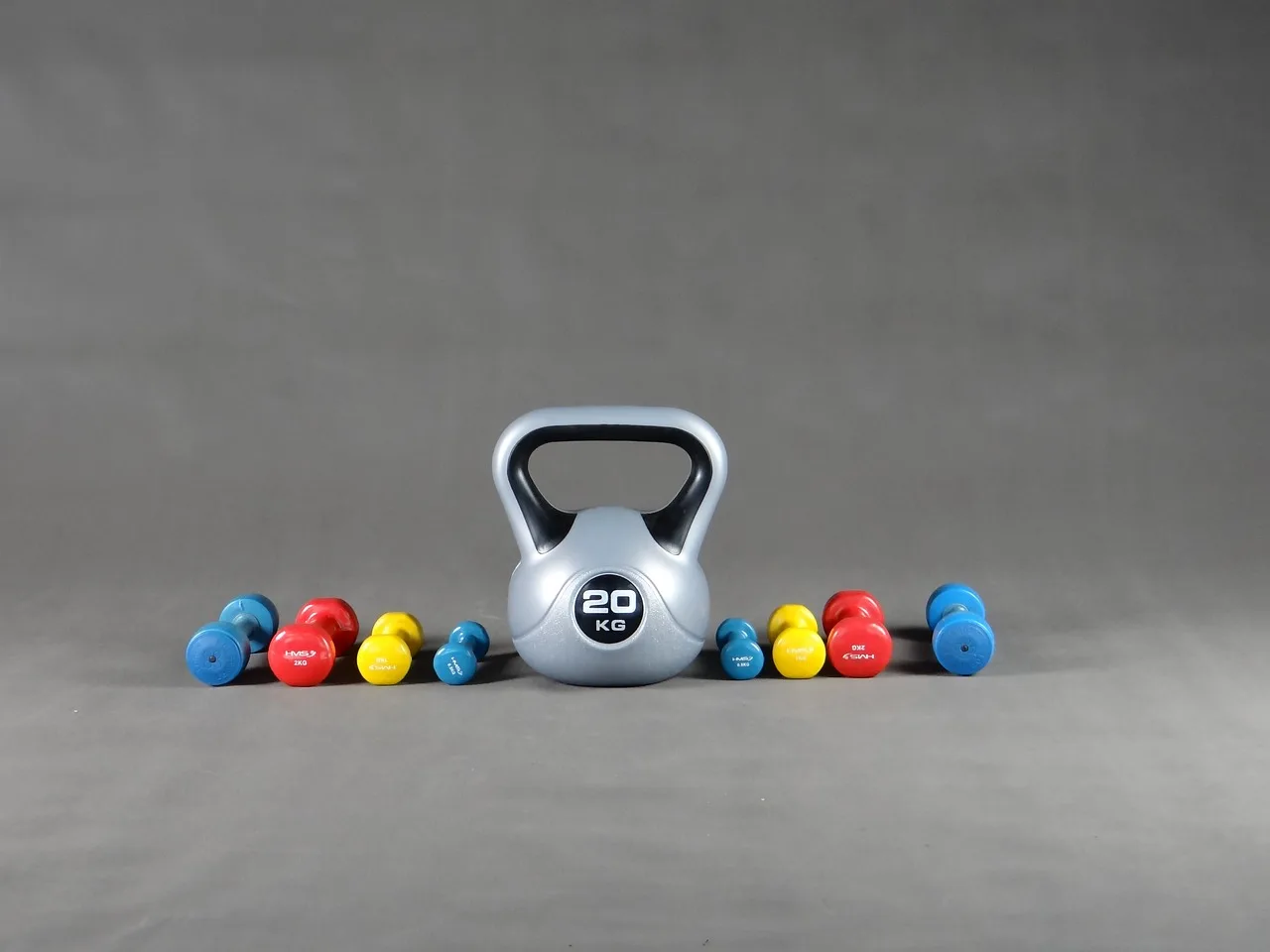Yoga has become increasingly popular over the years as more and more people recognize its benefits for both the body and the mind. As you begin your yoga journey, you’ll find that there are many different types of yoga styles to choose from, each with its own unique characteristics and benefits. In this article, we’ll explore the differences between two popular yoga styles: Ashtanga and Vinyasa.
Key Takeaways
- Ashtanga and Vinyasa Yoga are two popular yoga styles, each with its own unique characteristics and benefits.
- Ashtanga Yoga is characterized by its focus on set sequences, breath control, and physical intensity.
- Vinyasa Yoga emphasizes flowing movements, creative sequencing, and synchronization of breath and movement.
- Choosing the right yoga style depends on your individual preferences, goals, and physical abilities.
Exploring Ashtanga Yoga
Ashtanga Yoga is a traditional yoga practice that has gained popularity due to its numerous benefits and contrasts to Vinyasa Yoga. Ashtanga and Vinyasa yoga differ significantly in their approach to yoga practice and physical intensity.
Ashtanga Yoga is a structured practice that follows pre-defined sequences. Practitioners progress through six set sequences at their own pace, mastering each one before moving on to the next. Ashtanga is a physically demanding practice, with a focus on strength, flexibility, and endurance. The sequence involves holding each pose for five breaths, performing specific movements while breathing, and jumping back and forth between postures.
Ashtanga Yoga emphasizes breath control, called Ujjayi, or “ocean breath”. The breath is the focal point of the practice, linking each movement to the inhale and exhale. This steady breath creates heat, which purifies the body and allows for a deeper stretch and release.
Ashtanga is a powerful practice that can be challenging for beginners. However, with consistent practice, it can be transformational, increasing strength, flexibility, and mental focus.
Understanding Vinyasa Yoga
Vinyasa yoga is a dynamic style of yoga that emphasizes flowing movements and synchronization of breath and movement. The practice is highly creative, and each class may vary depending on the teacher’s preferences and the needs of the students. Unlike Ashtanga Yoga, the sequences in Vinyasa Yoga are not set, and teachers have the freedom to incorporate various poses and movements that align with the class’s theme.
The practice of Vinyasa Yoga is ideal for those who enjoy a more fluid, fast-paced practice. The practice does not have a rigid structure, so the pace can vary depending on the teacher’s instructions. Typically, the class begins with a warm-up, followed by a series of standing and balancing poses, forward folds, backbends, and inversions. Vinyasa Yoga classes may also include other elements such as pranayama and meditation.
Vinyasa Yoga is an excellent choice for those who want to improve their flexibility, strength, and balance. The flowing movements help increase the heart rate, promoting cardiovascular health. Additionally, the synchronization of breath and movement helps calm the mind, promoting relaxation and reducing stress levels.
Key distinctions between Ashtanga and Vinyasa Yoga
| Ashtanga Yoga | Vinyasa Yoga |
|---|---|
| Set sequences | Unpredictable sequences |
| Emphasis on physical intensity | Emphasis on flowing movements |
| Strict guidelines for alignment and breath control | Creative sequencing and synchronization of breath and movement |
While both Ashtanga and Vinyasa Yoga share similarities, such as their focus on breath and movement, they also have significant differences that may appeal to different practitioners. Ultimately, the best way to know which style is right for you is to try them both and see which one resonates with your body and mind.
A Comparative Analysis
While Ashtanga and Vinyasa Yoga share some similarities, there are also notable differences between the two styles. Understanding the variations between Ashtanga and Vinyasa Yoga can help you choose the right style for your needs.
Pace and Structure
Ashtanga Yoga is known for its structured approach. The practice follows a set sequence of poses, typically starting with Surya Namaskar A and B, followed by a series of standing, seated, and closing postures. The pace is generally fast, with each movement synchronized with the breath, making it a more challenging and intense practice.
On the other hand, Vinyasa Yoga is more free-flowing and creative. The teacher can design the sequences, which can vary from class to class. There are no set postures, and the pace can be slower or faster depending on the teacher’s preference.
Level of Difficulty
Ashtanga Yoga is considered to be a more challenging style, especially for beginners. The set sequence of poses can be physically demanding, requiring strength, flexibility, and endurance. The fast pace and emphasis on synchronization with the breath can also be difficult to master.
Vinyasa Yoga, on the other hand, can be more accessible to beginners as the pace and difficulty level can be adjusted to suit their needs. However, this style can also be challenging, especially for those who prefer a more structured practice. The creative sequencing can require more concentration and coordination.
Spiritual Aspects
Ashtanga Yoga has a strong focus on the spiritual aspect of the practice. Practitioners are encouraged to follow the eight limbs of yoga, including the ethical guidelines of Yama and Niyama, as well as meditation and pranayama (breathing exercises).
While Vinyasa Yoga also incorporates meditation and pranayama, the focus is more on the physical aspect of the practice. Spiritual aspects are often explored through themes or intentions set by the teacher for each class.
Understanding the Variations
Overall, the key distinctions between Ashtanga and Vinyasa Yoga lie in their pace, structure, level of difficulty, and spiritual aspects. Ashtanga follows a set sequence, while Vinyasa is more free-flowing. Ashtanga can be more physically demanding, while Vinyasa is more accessible to beginners. Ashtanga has a stronger focus on the spiritual aspect of yoga, while Vinyasa explores spirituality through themes and intentions.
By understanding these variations, you can make an informed decision about which style of yoga is best for you. Whether you prefer a structured sequence or a more free-flowing approach, seeking spirituality or focusing solely on the physical aspects of the practice, there is a yoga style that will suit your preferences and needs.
Choosing the Right Yoga Style for You
Deciding which yoga style to practice can be a daunting task, especially if you’re new to yoga. While both Ashtanga and Vinyasa Yoga offer numerous benefits, it’s important to choose the one that resonates best with your intentions and physical abilities.
If you prefer a more structured and physically challenging practice, then Ashtanga Yoga might be the right choice for you. On the other hand, if you value creativity and flow in your practice, Vinyasa Yoga might be a better fit.
Consider your goals for practicing yoga. Are you looking to improve your strength and flexibility, or do you desire a more meditative practice? Ashtanga Yoga focuses on building strength and endurance, while Vinyasa Yoga emphasizes the connection between breath and movement, making it an ideal practice for those looking to find a meditative state through movement.
It’s also important to consider your physical abilities. Ashtanga Yoga involves a set sequence of poses that can be physically demanding, while Vinyasa Yoga offers more flexibility in the sequencing of poses, allowing for modifications to suit individual needs.
Ultimately, the choice between Ashtanga and Vinyasa Yoga comes down to personal preference. If you value structure, intensity, and physical challenge, then choose Ashtanga Yoga. If you prefer creativity, fluidity, and synchronization of movement and breath, then choose Vinyasa Yoga.
Whichever style you choose, remember that yoga is a journey and not a destination. Be patient and compassionate with yourself as you explore and deepen your practice.
Conclusion
After exploring the differences between Ashtanga and Vinyasa Yoga, you may have a clearer idea of which style resonates with you. If you enjoy a more structured and physically challenging practice, Ashtanga Yoga may be the perfect fit. On the other hand, if you prefer a more flowing and creative approach, Vinyasa Yoga might be your go-to.
However, it’s important to remember that there is no right or wrong choice. Both styles offer incredible physical and mental benefits, and the best fit for you ultimately depends on your personal preferences and goals.
If you’re still unsure which style to choose, consider trying out both and seeing how your body and mind respond. Alternatively, speak with a yoga instructor who can guide you towards the practice that aligns with your needs.
Final Thoughts
No matter which style you choose, the most important thing is to approach your yoga practice with an open mind and a willingness to learn and grow. With dedication and patience, you can cultivate a lifelong practice that brings you joy, peace, and vitality.
FAQ
Q: What is the difference between Ashtanga and Vinyasa Yoga?
A: Ashtanga Yoga and Vinyasa Yoga are different styles of yoga that have distinct characteristics. Ashtanga Yoga follows a specific set sequence of postures, while Vinyasa Yoga focuses on flowing movements and creative sequencing.
Q: What are the key distinctions of Ashtanga Yoga?
A: Ashtanga Yoga is characterized by its set sequences of postures, controlled breathing techniques, and a physically intense practice.
Q: What is Vinyasa Yoga known for?
A: Vinyasa Yoga is known for its emphasis on flowing movements, synchronization of breath and movement, and the opportunity for creative sequencing.
Q: How do Ashtanga and Vinyasa Yoga compare?
A: While both styles have their unique characteristics, Ashtanga Yoga tends to have a more structured pace and difficulty level, while Vinyasa Yoga offers more flexibility in sequencing and creative expression.
Q: How do I choose the right yoga style for me?
A: When choosing between Ashtanga and Vinyasa Yoga, consider your personal preferences, goals, and physical abilities. It’s essential to find a style that aligns with your individual needs.



